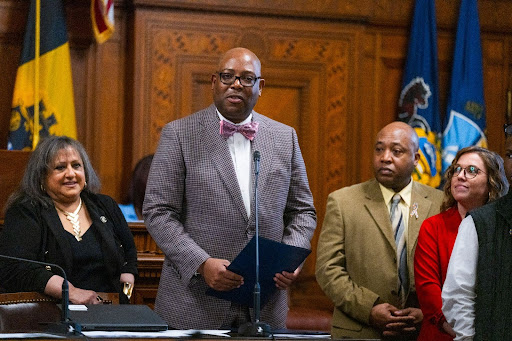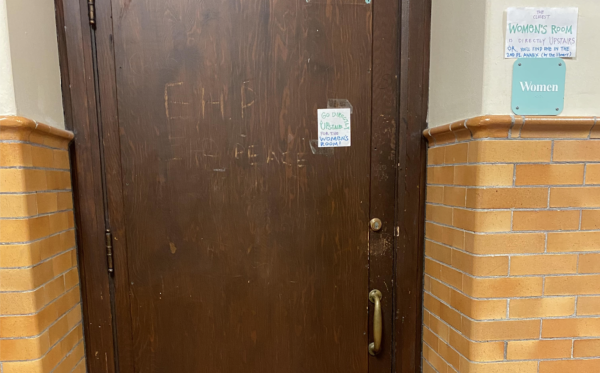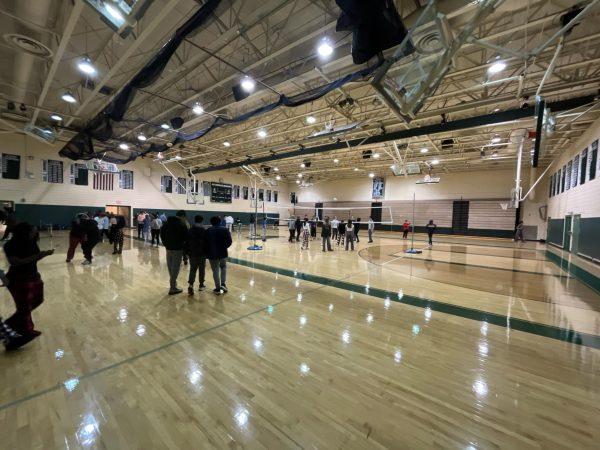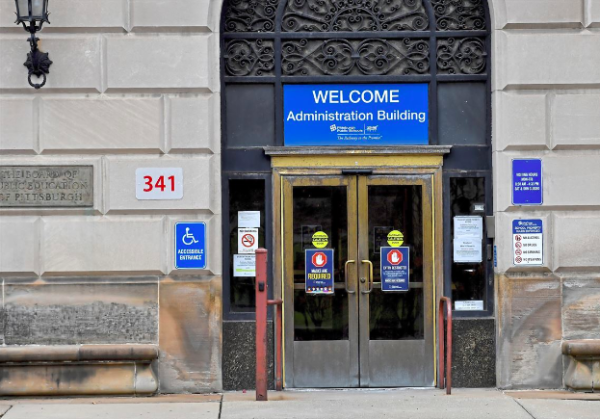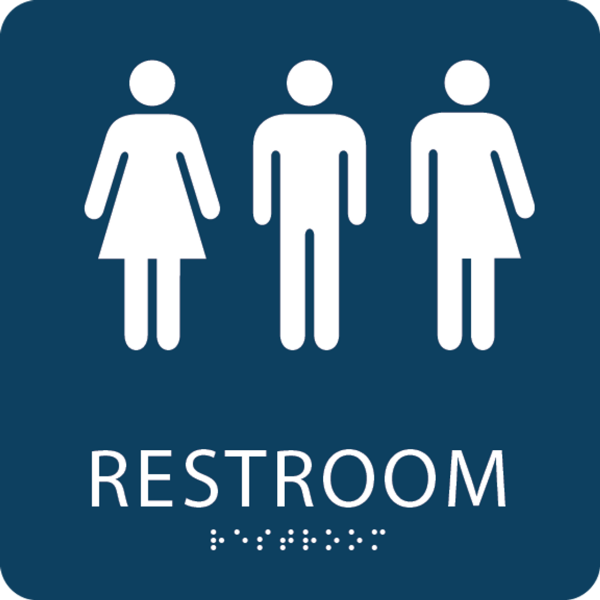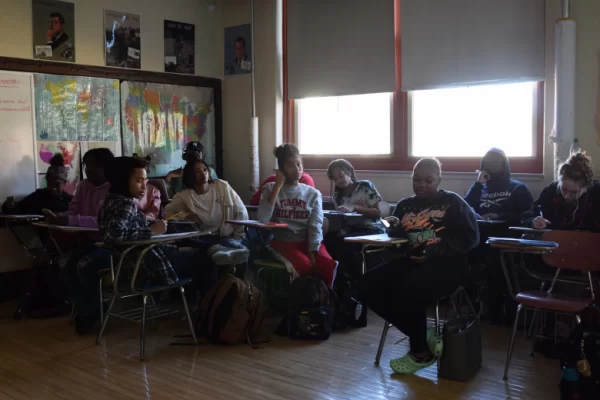The Racial Divide in AP Classes
Across the country, Advanced Placement (AP) courses were developed in the 1950s to ensure that highschools were thoroughly preparing students for college. These classes generally offer advanced coursework and often end with an AP exam, which costs somewhere between $60-$100 to take. College admission boards across the country look for students who have academically challenged themselves by taking these classes. But unfortunately, not all students get the chance to build a favorable transcript.
According to the Education Trust, Black and Latino students have been often shut out of AP course opportunities. Nationally, these students have unequal access to participate in AP classes. This leads to many students missing out on vital learning opportunities to which others have easier access. Black students make up 15% of high schoolers in the US and nearly a quarter of students are Latino. But in AP classes, only 9% of students are black and similarly, just 21% are Latino.
And what about locally? Based on an 2018 US news article, Allderdice is among the top 20% of public schools in Pennsylvania for diversity, with 50% of students being non-white. With such a high percentage of minority students, you would expect a more even distribution of students among the different types of classes that Allderdice offers. But yet, the AP classes are still filled with predominantly white students. Obviously, all students are encouraged to take these classes, but is the encouragement for minority students not loud enough? What barriers are these students facing?
“For instance, in my AP world history class, there are only nine students in the ‘in person’ classroom and I am the only minority group,” said Allderdice sophomore Anya Lamont.
“Out of the entire class of twenty students there are under six students of color. But on the other hand, in my AP psychology course, the majority is still white students, but there is definitely more of a mix. I think this is because this specific AP class is more available to the minority group, because the requirement of being enrolled in a CAS class previously is not needed for this class.”
Anya wasn’t the only student experiencing this phenomenon. Sophomore Jennifer Lin reported a similar situation. “In my music class, I will say it’s diverse. I think it’s because students that join tend to have a passion for music, rather than signing up purely for the fact that it’s an AP course. For math though, I can see less diversity. Since it’s a mandatory class other factors play in. It’s not only about how passionate you are about math but about the level of challenge the class offers. This factor can scare students away, which has an impact on courses that they wish to sign up for,” she said.
It appears that the CAS prerequisite may be something that not all students had access to, thus limiting future AP opportunities. But over the years, the process for students to become eligible for these CAS classes has shifted.
“The Talented application enabled students in Pittsburgh Public Schools, who were not identified as gifted, to apply for entrance into CAS classes, this opened up the classes to students who didn’t qualify for CAS through an evaluation, or who may have not ever been evaluated for gifted services,” said Ms.Van Luik, a counselor at Allderdice. “The district has now shifted to an equitable process that aligned with course enrollment by removing the application and scheduling students for CAS courses in which they meet eligibility. It has become more apparent, though, that even with the application, there were eligible students who were not applying. An application, in and of itself, can be a barrier because one must know about and complete the application.”
Although it appears that progress is being made, there’s always room for improvement. All schools, nationwide, should thoroughly promote and encourage minority students to participate in advanced courses. Allderdice is lucky to be a school with a wide variety of students from all backgrounds, cultures, and ethnicities, and having these backgrounds show in all class levels would be a step in the right direction in creating fair opportunities for every student. Race and ethnicity should never be factors that hinder education.
Zoe Obenza-Bridges is a senior at Pittsburgh Allderdice High School. At the school newspaper, The Foreword, she is the lifestyle editor and enjoys investigating...


